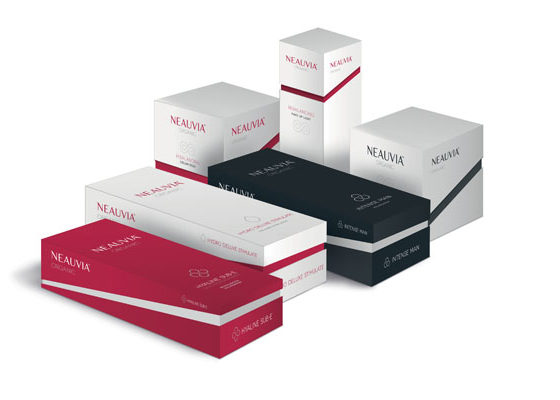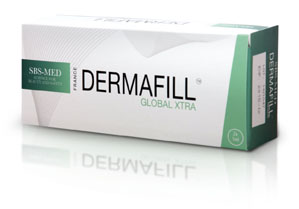For decades, the initial aim of dentistry was to combat the effects of dental cavities, which destroy the teeth and often cause unbearable pain. Thanks to the technical developments made, the preventative measures in place and the more widespread education about dental hygiene, today’s dentistry has turned its focus on how to maintain a healthy mouth in general. Orthodontic treatments carried out at an early age have become very important and, when well executed, guarantee that our teeth work correctly while aligning them to give a perfect smile. The influence of the media, and in particular that of American TV series, is in part responsible for this infatuation with having a perfect set of teeth, which has spread throughout the population, especially in young adults and older adults who want to stay looking their best. And with good reason: first impressions count, so initial eye contact immediately followed by a smile will determine the quality of the communication between two people.
Three important steps:
1-In my opinion, the most important advance was made around ten years ago, with the development of materials of industrial origin: zirconia, which can be made by machine, enabled us to eliminate the use of metals and obtain very high quality, thin ceramic. This type of ceramic is used to create veneers that are no thicker than false nails and have a natural, translucent appearance.
2-The next advance was gluing veneers straight onto the tooth without modifying it, by filing down the tooth very slightly then gluing the ceramic veneer, whose colour and shape is chosen by the practitioner and their patient, on top. The veneers last between ten and fifteen years, as the glue used is a resin which yellows over time.
3-Finally, with regard to teeth which have been replaced with prosthetics or repaired using dental composites, the crowns used now contain no metal at all, which gives the same results as a veneer. An important difference between crowns and veneers is that crowns also cover the inner side of the tooth, completely enveloping it, and they are not glued but are secured using a bonding material that does not change colour over time, which considerably increases their lifespan.
When correcting a patient’s teeth, first a model must be made and the patient must have an in-depth discussion with the practitioner. The patient must state why they want to undergo such treatment and the result that they are hoping to achieve, both with regard to colour and shape. In certain cases, prosthetics are not the solution, and slightly crooked teeth can be straightened by wearing a transparent mouthpiece, which gives excellent results when the practitioner’s guidelines are followed correctly.
Dr Jean-Pierre Toubol : Graduated from Marseille’s Faculty of Dental Surgery. Doctorate in Odontological Sciences. University assistant. Founder President of the National College of Occlusodontology (CNO). Articles and conferences about fixed prosthetics in Europe, South America, the USA and the Maghreb.
For more information:“Les dents : sourire équilibre et santé” (Teeth: a straight and healthy smile) by Dr Jean Pierre Toubol, published by Dangles












